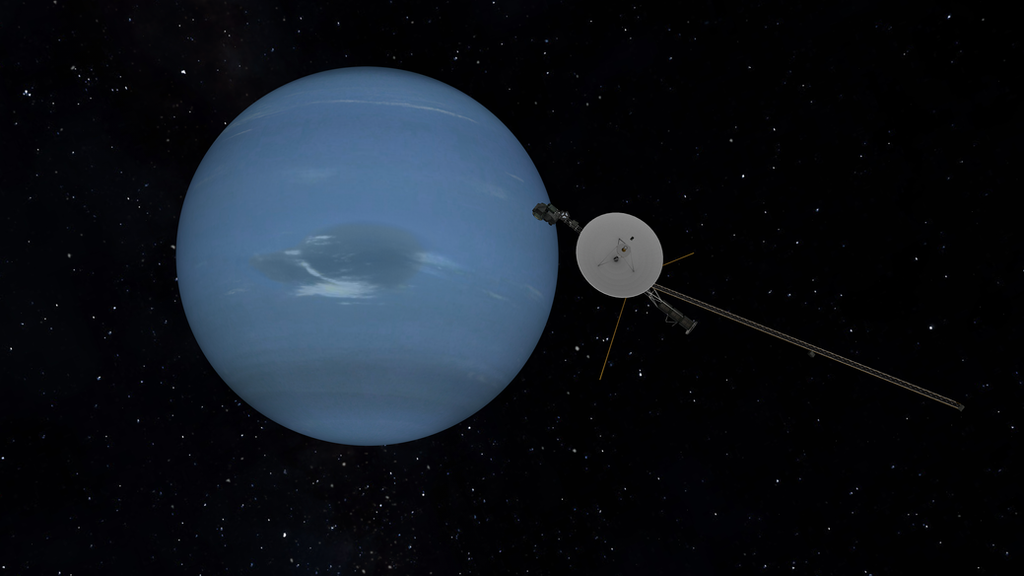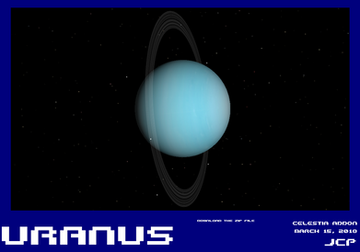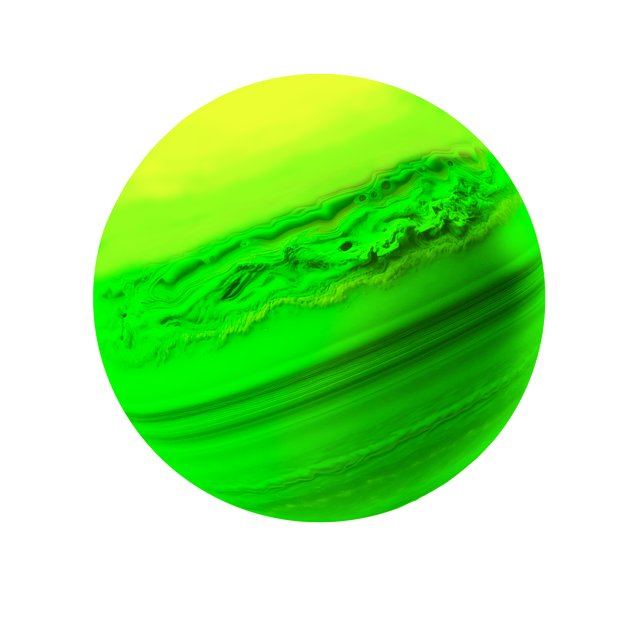HOME | DD
 JCP-JohnCarlo — Voyager 2 at Neptune
JCP-JohnCarlo — Voyager 2 at Neptune

#neptune #voyager #voyager2
Published: 2018-03-20 12:00:06 +0000 UTC; Views: 2517; Favourites: 53; Downloads: 19
Redirect to original
Description
Following a mid-course correction in 1987, Voyager 2's closest approach to Neptune occurred on August 25, 1989. Because this was the last planet of the Solar System that Voyager 2 could visit, the Chief Project Scientist, his staff members, and the flight controllers decided to also perform a close fly-by of Triton, the larger of Neptune's two originally known moons, so as to gather as much information on Neptune and Triton as possible, regardless of Voyager 2's departure angle from the planet. This was just like the case of Voyager 1's encounters with Saturn and its massive moon Titan.Through repeated computerized test simulations of trajectories through the Neptunian system conducted in advance, flight controllers determined the best way to route Voyager 2 through the Neptune-Triton system. Since the plane of the orbit of Triton is tilted significantly with respect to the plane of the ecliptic, through mid-course corrections, Voyager 2 was directed into a path about three thousand miles above the north pole of Neptune. At that time, Triton was behind and below (south of) Neptune (at an angle of about 25 degrees below the ecliptic), close to the apoapsis of its elliptical orbit. The gravitational pull of Neptune bent the trajectory of Voyager 2 down in the direction of Triton. In less than 24 hours, Voyager 2 traversed the distance between Neptune and Triton, and then observed Triton's northern hemisphere as it passed over its north pole.
The net and final effect on Voyager 2 was to bend its trajectory south below the plane of the ecliptic by about 30 degrees. Voyager 2 is on this path permanently, and hence, it is exploring space south of the plane of the ecliptic, measuring magnetic fields, charged particles, etc., there, and sending the measurements back to the Earth via telemetry.
While in the neighborhood of Neptune, Voyager 2 discovered the "Great Dark Spot", which has since disappeared, according to observations by the Hubble Space Telescope. Originally thought to be a large cloud itself, the "Great Dark Spot" was later hypothesized to be a hole in the visible cloud deck of Neptune.
With the decision of the International Astronomical Union to reclassify Pluto as a "dwarf planet" in 2006, the flyby of Neptune by Voyager 2 in 1989 became the point when every known planet in the Solar System had been visited at least once by a space probe.
Rendered using Cinema 4D
Used from:
Voyager 2 Neptune
Please give a credit to MrSpace43-Celestia
Related content
Comments: 6

👍: 1 ⏩: 1

👍: 0 ⏩: 0

I love the Voyagers. They are the universe's best explorers!
👍: 0 ⏩: 0

A charming picture. The progress of science is great!
👍: 0 ⏩: 0

Can you link me the Cinema4D Voyager 2 model?
👍: 0 ⏩: 0

























